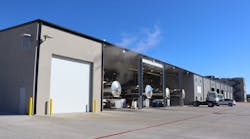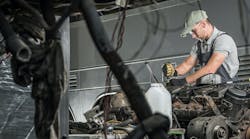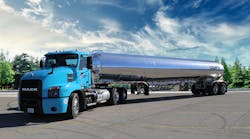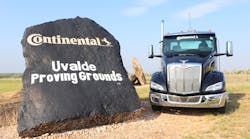Transport Capital Partners’ fourth-quarter survey shows a high percentage of carriers earning adequate rates of return. However, carriers remain prudent in their plans for capacity growth.
Volumes and rates are up. Accessorials are being re-negotiated. But, are carriers also earning a sufficient rate of return to invest in new equipment? The answer is a resounding “Yes.” Over 75% of carriers gave a positive response in the latest Transport Capital Partners (TCP) survey.
"Notwithstanding this positive news, the recent review of HOS in the budget bill may slow expected capacity additions,” said Steven Dutro, TCP Partner. “Going back to prior (hours of service) rules may free up 2% to 4% of driver capacity in 2015."
Despite better rates of return, carriers are still being judicious about the amount of capacity they intend to add. Forty percent indicate they intend to add 1-5% over the next 12 months while 25% indicate they will add 6-10%. Nonetheless, 25% of carriers indicate they intend to add no capacity.
Larger carriers are more likely to add no capacity than smaller carriers (28% versus 18%). But, larger carriers are also more likely to significantly increase capacity (by 6-10%) than smaller carriers (35% versus 20%).
In this survey, the most popular method (32% of carriers) for adding capacity is through “Company Equipment (financed or on a TRAC Lease).” The number expecting to add capacity through independent contractors dropped to an all-time low of 14%, continuing a trend we have seen since late 2010.
TCP Partner and Survey Co-Author Richard Mikes said: “Smaller carriers are either buying with cash or buying used trucks. We believe this is because smaller carriers tend to be more risk averse over time, based on their experience in recessionary cycles where lenders tighten up or leave the industry. Smaller carriers manage risk by either (1) waiting until they have enough capital (ie, cash from earnings to buy new), or (2) buying used trucks and conserving capital.”








